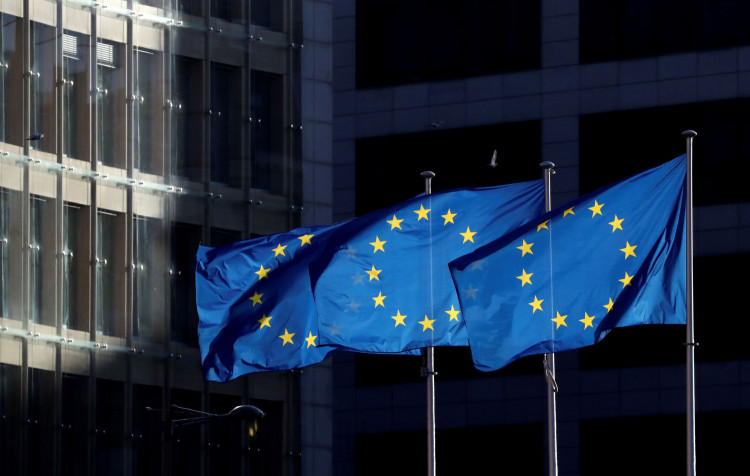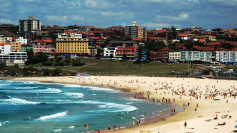Benefiting from declining prices in intermediate products like steel and lumber, the Eurozone's Producer Price Index (PPI) for July decreased by 0.5% month-on-month and 7.6% year-on-year, both in line with expectations.
On Tuesday, September 5th, the European Union's statistical office reported that the Eurozone's PPI for July decreased by 7.6% year-on-year, meeting expectations. This marks a decline from the 3.4% drop in June and represents the seventh consecutive monthly decrease.
Month-on-month, the PPI fell by 0.5%, a steeper decline than the 0.4% drop seen in the previous month. Analysts believe that this seven-month slide in PPI might somewhat alleviate pressures on the European Central Bank (ECB).
Excluding energy, the Eurozone's PPI growth rate slowed to 1.6% in July from 2.5% in June.
A closer look reveals that the main contributors to the month-on-month decline in the Eurozone's PPI for July were a 1.2% drop in prices for intermediate products like steel, sugar, and lumber, and a 0.9% decrease in energy costs. Prices for capital goods, such as machinery, tools, or buildings, and durable consumer goods rose by 0.2%, while non-durable consumer goods saw a 0.1% increase.
The countries with the most significant monthly declines in industrial producer prices were Ireland (-8.1%), the Netherlands (-2.6%), and Sweden (-1.8%). In contrast, the countries with the most significant increases were Latvia (+2.2%), Slovakia (+1.7%), and Croatia (+1.3%).
Since ending its eight-year era of negative interest rates last July, the European Central Bank has raised interest rates nine times in succession, accumulating a total increase of 425 basis points. Debates over rate hikes within the ECB have intensified.
The Eurozone's harmonized CPI for August increased by 5.3%, surpassing expectations. However, core inflation dropped from 5.5% in July to 5.3% in August. Analysts widely believe that the Eurozone's sluggish economy, combined with stubborn inflation, has put the ECB in a difficult position.
Divergence on Rate Hikes Within the ECB
On September 4th, ECB Executive Board member Wunsch indicated that the ECB might need to hike rates further to combat inflation. He expects the inflation target to be around 2% by 2025, suggesting that discussions about halting rate hikes are premature.
Robert Holzmann, a member of the ECB's Governing Council and the head of Austria's central bank, stated in late August that the ECB hasn't defeated inflation yet. Barring unforeseen circumstances, another rate hike might be necessary in September. He believes that reaching the peak interest rate sooner means the ECB can start cutting rates earlier. A rate path that alternates between hikes and pauses is harder for the market to digest. Regarding whether rate hikes might continue after September, he mentioned that once rates reach 4%, the topic would be revisited.
Last week, Joachim Nagel, the head of Germany's central bank, and Martins Kazaks, the head of Latvia's central bank, both expressed similar views, leaning towards another rate hike.
However, Nagel refrained from explicitly indicating his stance on a potential rate hike in September. "I won't signal here what we'll do in September. We'll wait for the data. That was the consensus we reached in our July meeting. Once the ECB completes its rate hikes, it might need to maintain high rates to let them fully impact the economy."
Representing the dovish side, Mario Centeno, the head of Portugal's central bank, noted that emerging downside risks warrant caution.






